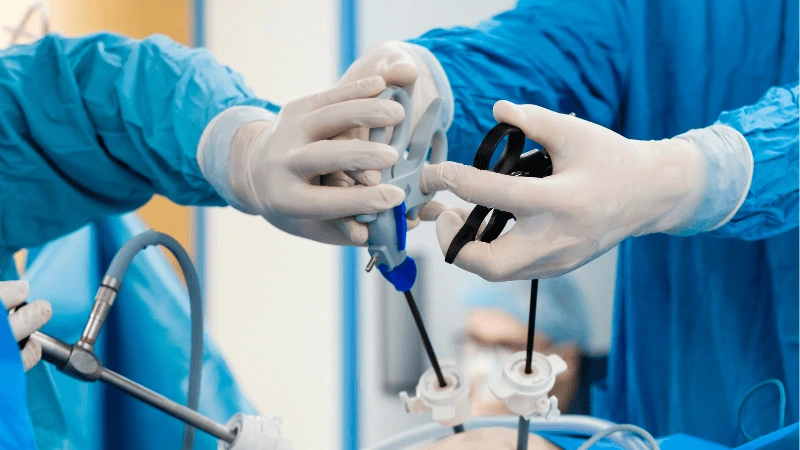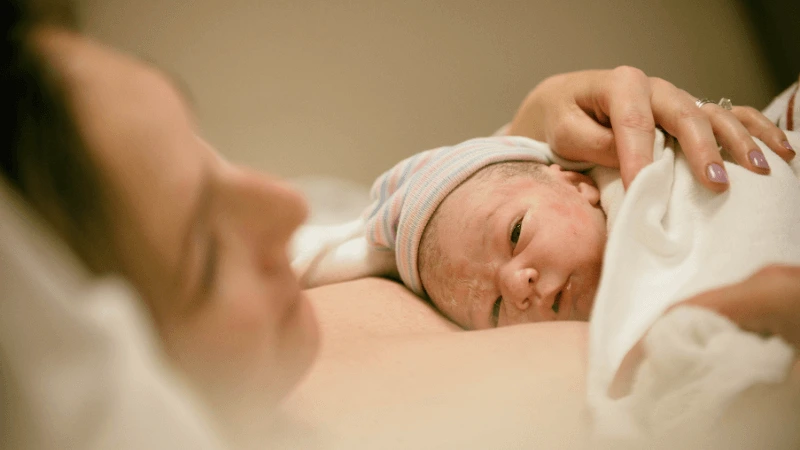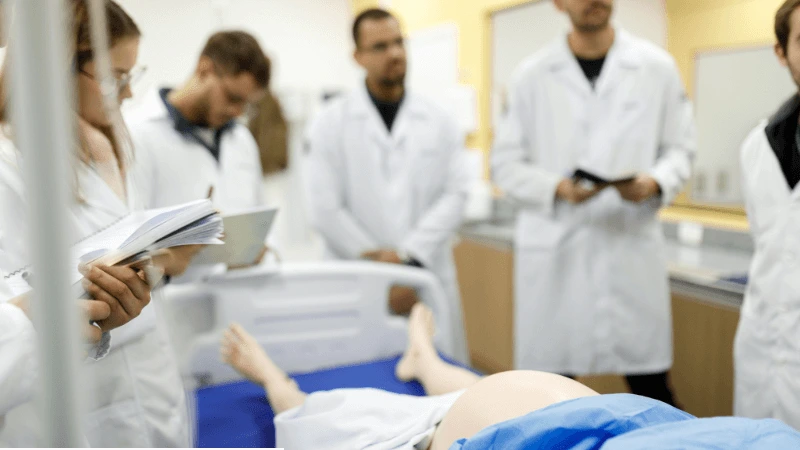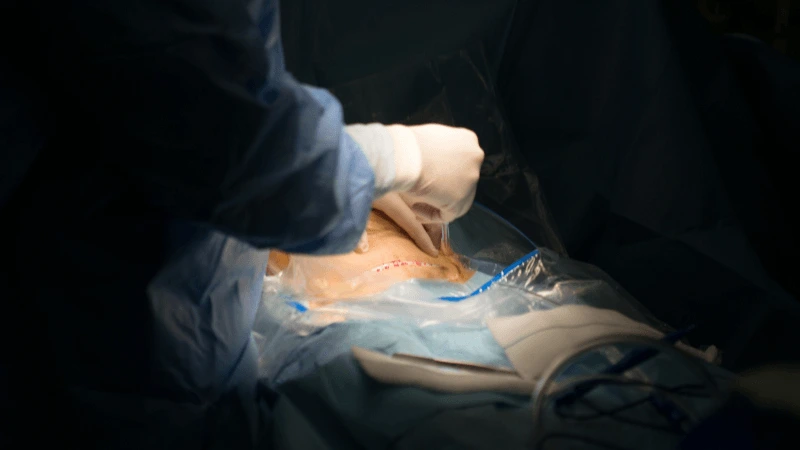Gynecological Laparoscopic Surgeon in Baner - Dr. Deepshikha Dwivedi
Gynecological Laparoscopy Surgery is an alternative to open surgery. It uses a
laparoscope to look inside your pelvic area. Open surgery often requires a large
incision.
laparoscope is a slender, lighted telescope. It allows your doctor to see inside your
body. Diagnostic laparoscopy can determine whether you have conditions such as
endometriosis or fibroids. It can also be a form of treatment. With miniaturized
instruments, Dr. Deepshikha Dwivedi performs a variety of surgeries. These include:
- ovarian cyst removal
- tubal ligation, which is surgical contraception
- hysterectomy
Laparoscopy generally has a shorter healing time than open surgery. It also leaves smaller scars. A gynecologist, general surgeon, or another type of specialist may perform this procedure.
Reasons for gynecologic laparoscopy
Laparoscopy can be used for diagnosis, treatment, or both. A diagnostic procedure can sometimes turn into treatment.
Some reasons for diagnostic laparoscopy are:
- unexplained pelvic pain
- unexplained infertility
- a history of pelvic infection
Conditions that might be diagnosed using laparoscopy include:
- endometriosis
- uterine fibroids
- ovarian cysts or tumors
- ectopic pregnancy
- pelvic abscess, or pus
- pelvic adhesions, or painful scar tissue
- infertility
- pelvic inflammatory disease
- reproductive cancers
Some types of laparoscopic treatment include:
- hysterectomy, or removal of the uterus
- removal of the ovaries
- removal of ovarian cysts
- removal of fibroids
- blocking blood flow to fibroids
- endometrial tissue ablation, which is a treatment for endometriosis
- adhesion removal
- reversal of a contraceptive surgery called tubal ligation
- Burch procedure for incontinence
- vault suspension to treat a prolapsed uterus
- Preparing for gynecologic laparoscopy
Preparation depends on the type of surgery. You may need imaging tests, or your doctor
might order fasting or an enema.
Tell your doctor about any medication you take. This includes over-the-counter drugs and
supplements. You may need to stop them before the procedure.
Ask a friend to come pick you up after the surgery or schedule a car service. You will
not be allowed to drive yourself.
Procedure:
- Laparoscopy is almost always performed under general anesthesia. This means you'll be unconscious for the procedure. However, you may still be able to go home the same day.
- Once you are asleep, a small tube called a catheter will be inserted to collect your urine. A small needle will be used to fill your abdomen with carbon dioxide gas. The gas keeps the abdominal wall away from your organs, which reduces the risk of injury.
- Your surgeon will make a small cut in your navel and insert the laparoscope, which transmits images to a screen. This gives your doctor a clear view of your organs.
- What happens next depends on the type of procedure. For diagnosis, your doctor might take a look and then be done. If you need surgery, other incisions will be made. Instruments will be inserted through these holes. Then, surgery is performed using the laparoscope as a guide.
- Once the procedure is over, all instruments are removed. Incisions are closed with stitches, and then you are bandaged and sent to recovery.
Dr. Deepshikha Dwivedi, a trusted obstetrician and gynecologist in Baner, Pune, specializes in Gynecological Laparoscopic Surgery. With a patient-first approach, she ensures that every surgery is conducted in a safe, sterile, and supportive environment.










